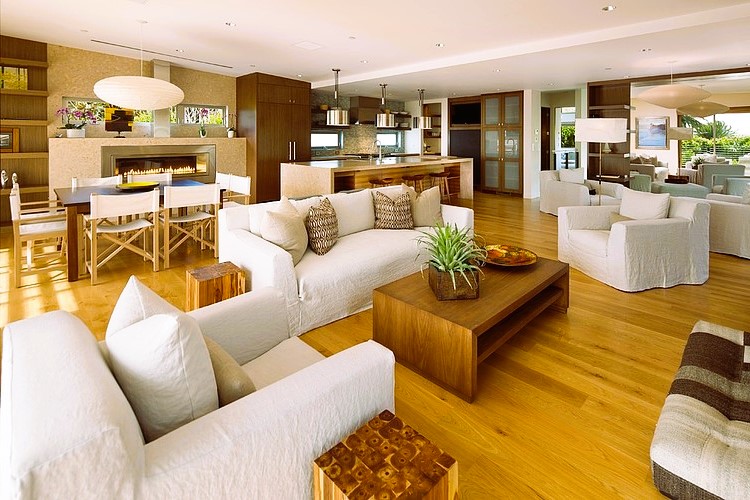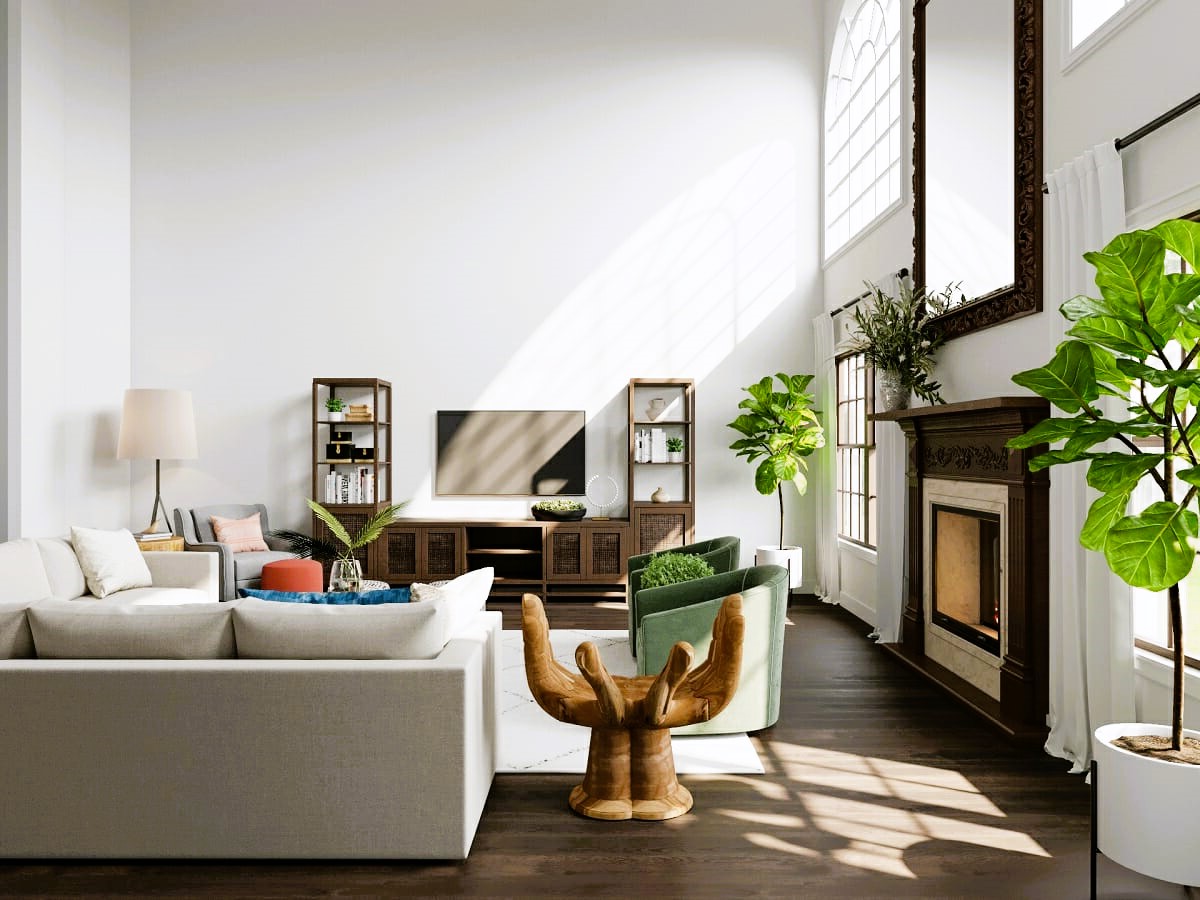In an era where environmental consciousness is paramount, interior design has embraced a pivotal shift towards sustainability. Eco-friendly interior design not only reduces the carbon footprint of our living spaces but also fosters healthier environments and promotes responsible consumption. From renewable materials to energy-efficient practices, this article delves into the realm of sustainable interior design, exploring how conscious choices can create a greener, more harmonious home.
1. The Essence of Eco-Friendly Interior Design
Eco-friendly interior design centers on minimizing negative impacts on the environment while maximizing the positive effects on occupants’ well-being. It encompasses everything from material selection to energy conservation and waste reduction.
2. Link to Standards: Wikipedia – Sustainable Design
Visit this Wikipedia article to delve into the principles, practices, and significance of sustainable design in various contexts.
3. Material Matters
- A. Sustainable Materials: Opt for materials with low environmental impact, such as bamboo, reclaimed wood, recycled glass, and cork. These materials are renewable, reducing the strain on natural resources.
- B. Non-Toxic Finishes: Choose paints, finishes, and adhesives that have low volatile organic compound (VOC) content. These options contribute to better indoor air quality.
- C. Upholstery Choices: Seek out fabrics made from organic fibers like organic cotton, hemp, or wool. These materials reduce exposure to harmful chemicals.
4. Energy-Efficient Lighting
- A. LED Lighting: LED lights consume significantly less energy than traditional incandescent bulbs, saving electricity and reducing greenhouse gas emissions.
- B. Natural Light: Maximize natural light through large windows, skylights, and light wells. This not only reduces the need for artificial lighting but also enhances well-being.
5. Heating and Cooling
Learn about energy-efficient practices for homes on Canada’s official government site to make informed choices.
- A. Insulation: Proper insulation prevents heat loss during winter and heat gain during summer, reducing energy consumption for heating and cooling.
- B. Programmable Thermostats: Install programmable thermostats to regulate indoor temperature efficiently, adjusting according to occupancy patterns.
- C. Passive Design: Incorporate passive design principles by orienting windows and utilizing shading to optimize natural heating and cooling. Fake Window: Transferring nature to windowless rooms.
6. Efficient Use of Space
- A. Multifunctional Furniture: Choose furniture pieces that serve multiple purposes, like sofa beds, storage ottomans, and extendable dining tables.
- B. Open Floor Plans: Open layouts enhance natural ventilation and light distribution, reducing the need for artificial lighting and air conditioning.
7. Indoor Air Quality
- A. Air Purifying Plants: Incorporate indoor plants that naturally filter the air, enhancing indoor air quality.
- B. Proper Ventilation: Install effective ventilation systems to ensure a constant flow of fresh air, preventing the buildup of pollutants.
- C. VOC-Free Products: Select furnishings and finishes that are free from volatile organic compounds (VOCs) to maintain clean air.

8. Sustainable Furniture Choices
Learn about furniture regulations and safety standards to make informed choices for sustainable furniture.
- A. Upcycled Furniture: Upcycled or repurposed furniture gives a new lease of life to old pieces, reducing the demand for new resources.
- B. Certified Wood: Look for furniture made from sustainably sourced wood certified by organizations like the Forest Stewardship Council (FSC).
- C. Secondhand and Vintage: Embrace pre-loved furniture, reducing demand for new production and minimizing waste.
9. Waste Reduction
- A. Recycling and Composting: Set up recycling and composting systems to divert waste from landfills.
- B. Reusable Materials: Opt for durable, reusable materials to reduce the need for frequent replacements.
10. Longevity and Timelessness
Invest in designs that stand the test of time. Avoid trends that might become outdated quickly, leading to unnecessary replacements.
11. Collaboration and Education
Collaborate with interior designers, architects, and contractors who prioritize sustainable practices. Educate yourself about green certifications and labels to make informed choices.
In conclusion, eco-friendly interior design is a powerful tool for fostering a greener, healthier, and more mindful living environment. By making conscious choices in material selection, energy conservation, waste reduction, and furniture choices, you can create a space that reflects your values while contributing to a more sustainable future.

